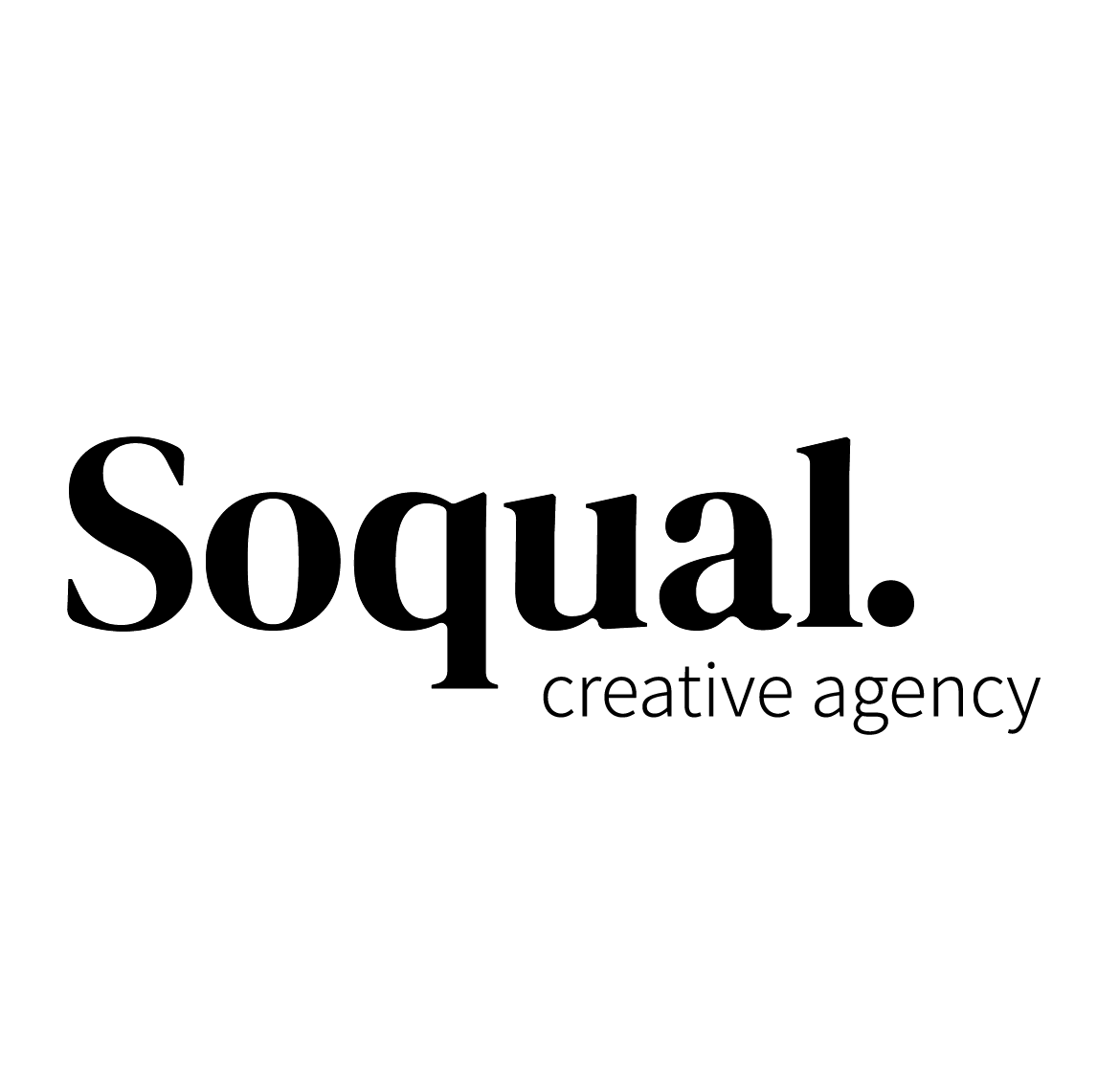'Always On' VS Campaign Marketing
Why "Always-On" Marketing is Your Secret Ingredient, But Campaigns Are Still Essential
In marketing, two strategies often steal the spotlight: always-on marketing and campaign marketing. Both are effective, but what if we told you that always-on marketing is the secret ingredient your business is missing? Don’t worry, campaign marketing still plays a crucial role. Here’s why the steady rhythm of always-on can be key to long-term success, with campaigns providing the punch when needed.
Always-On Marketing: The Heartbeat of Your Brand
Think of always-on marketing as the heartbeat of your business. It’s consistent and ongoing, keeping your brand visible and engaging with your audience. This strategy doesn’t crave immediate attention or headlines; it’s the background music—setting the tone without stealing the show.
Why Always-On Marketing Works:
- Builds Trust Over Time: By staying in your audience’s feed consistently, you build credibility. Trust takes time, and always-on marketing nurtures relationships, making your brand dependable and familiar. Learn more about how to build trust through our digital marketing services.
- Keeps You Top-of-Mind: Whether it’s through social media posts, blogs, or newsletters, always-on ensures your brand is remembered—even when they’re not buying now, they’ll think of you when they’re ready. Check out our SEO services to help your content stay discoverable.
- Sustainable Growth: Unlike campaigns that have a start and end, always-on marketing is an ongoing investment. It keeps your brand active without draining resources or burning out your team.
Campaign Marketing: The Sprint That Grabs Attention
Campaigns are the bright, shiny objects in your marketing toolkit. They create buzz, grab attention, and drive short-term results. Campaign marketing is about bursts of energy—whether it’s a product launch, a special promotion, or a seasonal offer.
Why Campaign Marketing Works:
- Creates Urgency: Limited-time offers or exclusive events push customers to act fast. It’s all about excitement, something special, and the fear of missing out. See how our work can help drive urgency in your marketing.
- Drives Action: Campaigns are designed to prompt specific actions, whether it’s making a purchase, signing up, or attending an event.
- Targets Specific Goals: Campaigns allow you to focus on one goal. Whether it's a new product launch or a flash sale, campaigns help you hit targets quickly and effectively.
The Secret Sauce: Both Work Best Together
Let’s be clear: always-on and campaign marketing aren’t competitors—they’re partners. Together, they create a marketing ecosystem that works in harmony. Always-on marketing builds the foundation that allows campaigns to succeed.
So why does always-on marketing have the edge? It’s sustainable. It’s the key to long-term growth. By staying in the conversation even when you’re not actively campaigning, you foster loyalty and consistency in your audience.
While always-on builds steady momentum, campaigns are your brand’s fireworks. They add excitement, urgency, and focus when you need them most. Use campaigns to amplify your always-on efforts, but don’t rely on them to be the only strategy in play.
How to Tackle Both:
Think Long-Term with Always-On: Focus on regular, consistent content—whether it’s social media, blogs, email newsletters, or SEO. Consistency helps build familiarity and trust.
Run Campaigns with Precision: When launching a new product, service, or sale, go all in. Create urgency, but ensure it fits into your broader strategy. See our case studies to discover how campaigns have made a difference for our clients.
The Best of Both Worlds
Your business doesn’t have to choose between always-on marketing and campaigns—they both play vital roles. Think of always-on marketing as your brand’s reliable companion, and campaigns as the exciting sidekick that brings in big results when you need them. Together, they create a strategy that’s not just about quick wins but about building something sustainable and powerful over time.
Ready to embrace both? Start by ensuring your business is always present, and then turn up the volume with campaigns. Contact us to learn how we can help you build a marketing strategy that works!




